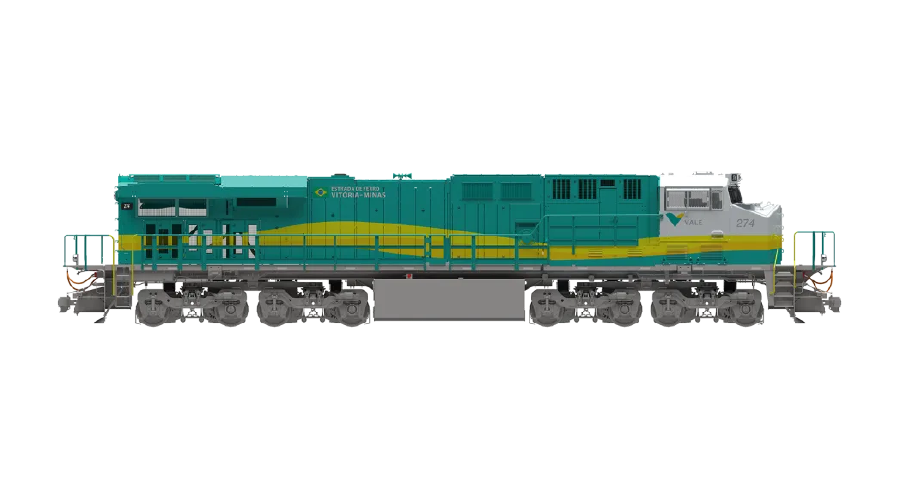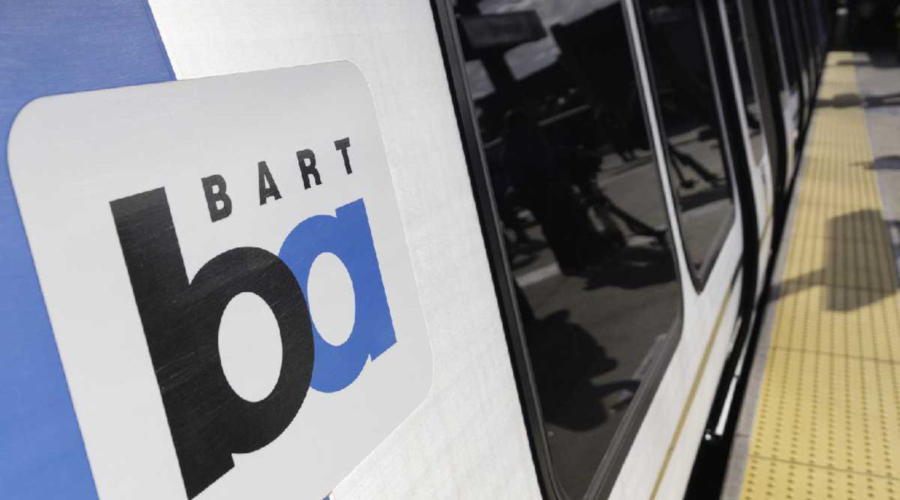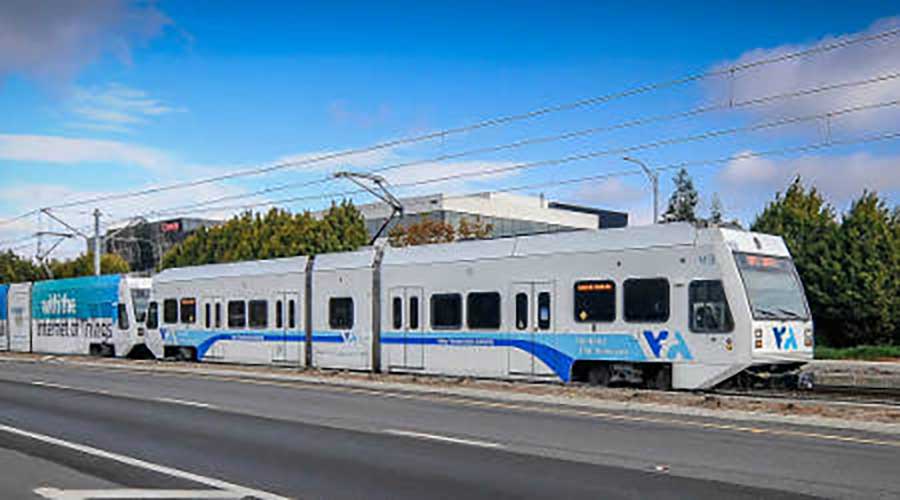Stay updated on news, articles and information for the rail industry
 railPrime
railPrime
12/20/2023
Rail News: Amtrak
With new funding in hand, Amtrak hustles to pursue growth, better service
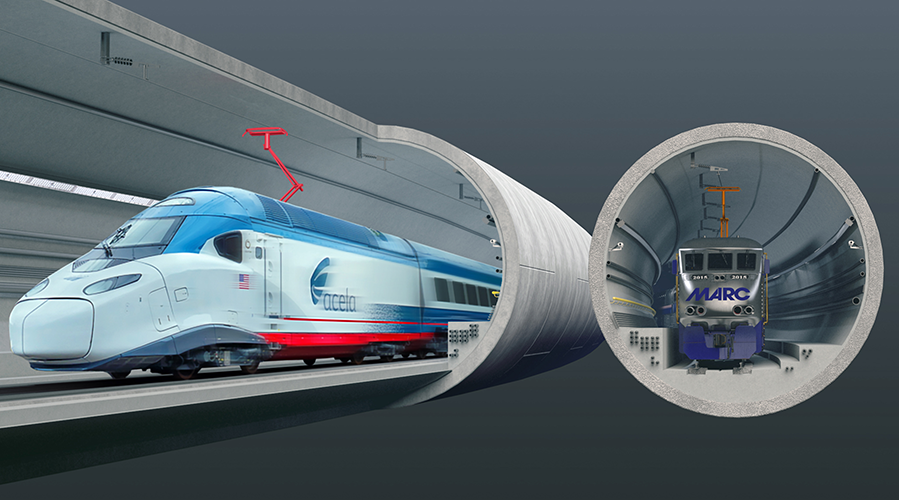
By Julie Sneider, Senior Editor
It’s not lost on Amtrak President Roger Harris that the American public’s interest in the expansion of passenger-rail service is at a high point in many cities and regions across the United States.
Which is why he and the rest of the railroad’s executive team are determined to make the most of what they believe is a unique point in time for building on an unprecedented federal investment in Amtrak’s operations, fleet, infrastructure and geographic reach.
Part of that preparation entails continued recovery from the pandemic’s impact on rail service — and Amtrak seems to be well on its way. For fiscal-year 2023, reported ridership totaled 28.6 million customer trips, a 24.6% increase over FY2022’s total.
Service resumed on all routes that were suspended during the pandemic and trains were added on the Northeast Regional, Piedmont and Cascades routes. Higher ridership also helped drive a 20% increase in total FY2023 operating revenue to $3.4 billion. While the railroad posted a loss of $752.2 million in adjusted operating earnings for the fiscal year, that bottom line is $130 million less than the shortfall in FY22.
“We had a fast recovery from COVID in terms of ridership and revenue, so we are very focused on sustaining that but also growing,” Harris says, adding that the goal is to double Amtrak’s ridership by 2040.
By September 2023, the railroad’s ridership on the Northeast Corridor had surpassed pre-COVID ridership levels.
“That is remarkable because during [the pandemic], we had to set down four of our Acela trainsets. So even though we had 20% fewer Acelas in operation, we still managed to out-carry 2019,” Harris says. “The way we did that was to focus on making our trains work harder; we scheduled them very efficiently. But we also tried to increase ridership by taking a more practical view of pricing to get more passengers on trains that would have been pretty empty.”
While the lower fares during off-peak hours had an incremental impact on revenue, it likely was the right trade-off in terms of business results, he adds. Amtrak did achieve record revenue on its long-distance service in FY23, even though fewer cars were operating on those routes than in 2019.
Taking (better) care of customers
Also in FY23, Harris and other Amtrak staff emphasized improving the passenger travel experience. Doing so was a promise Harris made in 2022, following a run of high-profile problems involving lengthy trip delays and disruptions.
In one well-publicized case that occurred in October 2022, a locomotive mechanical problem on the Wolverine route escalated into a distressing 13-hour delay for passengers traveling between Ann Arbor, Michigan, and Chicago. After riders complained about a poor response from Amtrak overall, Harris penned a personal apology to the passengers, offered ticket refunds and reimbursed them for related costs. He also promised the railroad would do better by its customers.
“We have reorganized our national operating center around a 24/7 operation, so now we have a senior official on duty at the control center 24 hours a day — not just with a cellphone at home, but literally on site,” says Harris. “We are also continuing to work on new processes and procedures to provide consistent crisis management in those cases.”
In addition, the railroad posted on its website a 10-point pledge for how it will treat and compensate riders when delays or cancellations occur.
“We are doing everything we can to not only treat the specific situation, but also communicate, communicate, communicate so that the customer knows that we are acting on the problem,” says Harris.
Pleasing riders will be even more critical as Amtrak leaders pursue service expansion on existing routes and new routes, including on yet-to-be-established passenger-rail corridors. The goal of doubling the railroad’s ridership by 2040 is closer to reality now that an unprecedented amount of federal funding for Amtrak is at the ready. It’s been two years since President Joe Biden signed the Infrastructure Investment and Jobs Act of 2021 (IIJA), which included $66 billion for passenger rail — money that two years later is finally starting to flow.
In early November, Biden announced $16.4 billion in new funding for 25 passenger-rail infrastructure projects along Amtrak’s Northeast Corridor. The projects — 12 to be led by Amtrak and 13 by Amtrak’s state partners through the Federal-State Partnership for Intercity Passenger Rail Program — are designed to rebuild century-old tunnels and bridges; upgrade track, power systems, signals and stations; and advance future work aimed at enabling faster travel times.
Among those projects and funding allocations are:
- $4.7 billion to replace the 150-year-old Baltimore and Potomac Tunnel, also known as the Frederick Douglass Tunnel, in Maryland. Used by Amtrak and Maryland Area Commuter (MARC) trains, the tunnel is now the largest bottleneck on the NEC between Washington, D.C., and New Jersey;
- $3.8 billion to rehabilitate and expand the Hudson River Tunnel between New York and New Jersey, which serves 200,000 Amtrak and New Jersey Transit passengers daily. Combined with other investments, the Biden administration has committed $11 billion to the Hudson Tunnel project; and
- $2.1 billion to replace an existing 100-year-old Susquehanna River Bridge in Maryland with two-track spans that will allow faster train speeds and improve reliability. Because Amtrak, MARC and Norfolk Southern Railway trains use the bridge to transport passengers or freight, the bridge receives a high volume of traffic.
And in September, the Federal Railroad Administration announced the allocation of $200 million in grants from its Consolidated Rail Infrastructure and Safety Improvements (CRISI) competitive grant program for four projects — along the NEC and Gulf Coast — to fix track, improve grade crossings, upgrade stations and boost workforce training.
Still expected to be revealed in 2023 are federal dollars for projects along Amtrak’s national network and studies of proposed service to new passenger-rail corridors. [Editor's note: After Progressive Railroading's print edition went to press, the FRA on Dec. 8 announced the award of $8.2 billion in federal grants through the Federal-State Intercity Passenger Rail Program to enhance and expand existing service, and the selection of 69 passenger-rail corridors where studies will be conducted for new service. Several Amtrak partners received funding as part of that announcement.]
"One of the important things about Amtrak’s history is the uncertainty of funding," Harris says. "It's been hard for us to do major capital projects because it’s very inefficient to start and stop projects based on intermittent or unpredictable funding sources. If there’s a lesson from the IIJA, it's that the certainty of funding is what will allow rail to reach its full potential in this country."
New, expanded routes ahead
In the months before the IIJA became law, the railroad’s executives toured the country promoting their "Amtrak Connects US" campaign to meet with public and private sector representatives in cities and towns where new and/or expanded Amtrak service is in demand. One new route that Harris believes will launch in 2024 — and one that Amtrak has been developing over the past few years — is the Gulf Coast service between Mobile, Alabama, and New Orleans. Amtrak trains haven’t operated along the coast since Hurricane Katrina struck the region in 2005.
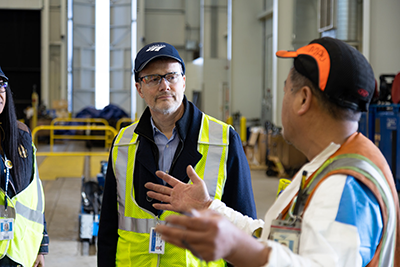
The Southern Rail Commission and passenger-rail advocates have campaigned for years to restart service on that route to help boost the regional economy. Negotiations between Amtrak, the freight railroads that own the tracks and the Alabama State Port Authority were contentious at times, but an agreement reached a year ago will allow the new service to begin. Since then, planning has been underway for environmental requirements, land use, construction, positive train control installation and train facilities.
"It sounds easy to just schedule trains, but there’s a lot involved in the process. And that’s the unfortunate thing — it can’t be done overnight because Amtrak hasn’t operated service there for a long time," says Harris.
Meanwhile, other new Amtrak routes and/or service expansions are in the works — or at least in the discussion stages — in Michigan, Canada, Minnesota, Wisconsin, Illinois and Pennsylvania.
For example, Amtrak and VIA Rail Canada officials are discussing a proposed route that would connect Chicago and Toronto by rail via the Wolverine line that now connects Chicago to Detroit. The proposed route would close an existing service gap between Detroit and Windsor, Ontario.
Meanwhile, Pennsylvania and NS in September signed an agreement to allow Amtrak to run a second round-trip between New York City and Pittsburgh via Harrisburg each day. Under that plan, the commonwealth will invest more than $200 million in infrastructure and safety improvements that will be built and maintained by NS.
And in the Midwest, additional Amtrak service is expected to begin in 2024 via the Twin Cities-Milwaukee-Chicago (TCMC) Intercity Passenger Rail Project, which will add a second daily round-trip train on the 411-mile corridor between Chicago and Minneapolis/St. Paul.
The service will follow Amtrak’s existing long-distance Empire Builder route and complement the existing Empire Builder schedule, providing a morning and mid-day departure from Chicago and St. Paul. Service expansion agreements between the three states’ DOTs, the FRA, host railroads and Amtrak are moving forward, according to a recent Wisconsin Department of Transportation press release.
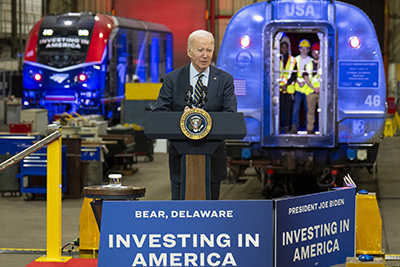
As Amtrak seeks to increase service, successful negotiations with the “host” freight railroads, or Class Is, will be crucial. As the Gulf Coast proposal illustrated, the relationship between Amtrak and the Class Is — on whose tracks Amtrak trains travel outside of the Northeast Corridor — can be chilly.
Harris describes that relationship as “evolving.”
"We understand their needs, and we have inconsistent results," he says. "But some of them are very cooperative and have helped us. And the fact that we got to where we are with the Gulf Coast line is a great example of how we sat down and understood each other’s needs and we came up with something that works. So, I’m very optimistic."
New Acelas delayed
Another key element of Amtrak’s plan for the future is introducing a new fleet of Acela trains to upgrade Northeast Corridor service. Under a contract with Alstom, 28 Avelia Liberty high-speed trains are being manufactured in Hornell, New York, to replace the existing Acela fleet. The rollout of those new trains is already over two years behind schedule, and in October the Amtrak Office of Inspector General (OIG) reported that the new units’ debut will be further delayed by computer testing and design flaws. According to the report, Amtrak has spent $1.6 billion on the Acela trains, and incurred millions of dollars in cost increases related to maintaining the legacy Acela fleet.
In a prepared statement issued in response to the report, Alstom Communications Manager Clifford Cole said the company is working closely with the FRA and Amtrak to ensure the new units meet safety certification for high-speed trains and meet all FRA requirements for entry into service.
"The fact is, these trainsets were designed to a new standard, which was published at the time that they were procured, but they are undergoing certification under a new process," Harris explains. "A lot of modeling is required before the trains can be tested by speed, so that’s really the delay here — the model has to be approved by the FRA before they can be tested at the highest speed."
Harris says the new Acelas are expected to be ready for passenger service in 2024. When they do launch, they’ll travel at speeds of 160 mph, accommodate 25% more capacity, and feature improved safety, reliability and rider comfort.
To sum up Amtrak’s plethora of priorities for 2024, Harris says the emphasis boils down to improving customer satisfaction, returning the entire fleet to service and making progress on the many newly funded infrastructure projects.
"We want to provide reliable service. We want to have the capacity to meet this growing interest in passenger rail, which is bursting all over the country," he says. "We don’t want to miss this opportunity to engage customers in rail."
Email questions or comments to julie.sneider@tradepress.com.
Contact Progressive Railroading editorial staff.


 LRW Honors Amtrak’s Acheson As Railway Woman Of The Year
LRW Honors Amtrak’s Acheson As Railway Woman Of The Year
 From Editor-In-Chief Foran: Of Gender Equity And Inclusion
From Editor-In-Chief Foran: Of Gender Equity And Inclusion
 Spotlight On Some Of Today’s Rail Safety Products
Spotlight On Some Of Today’s Rail Safety Products
 Women of Influence in Rail eBook
Women of Influence in Rail eBook






